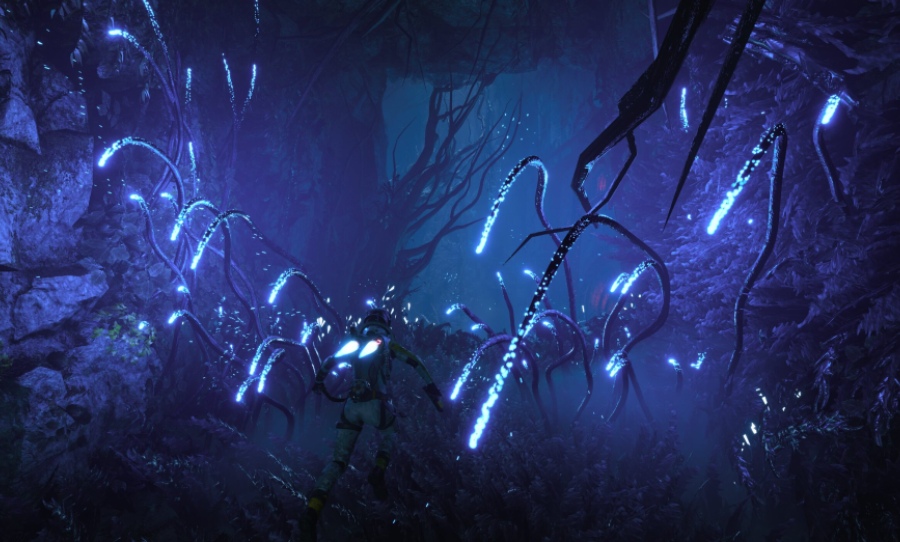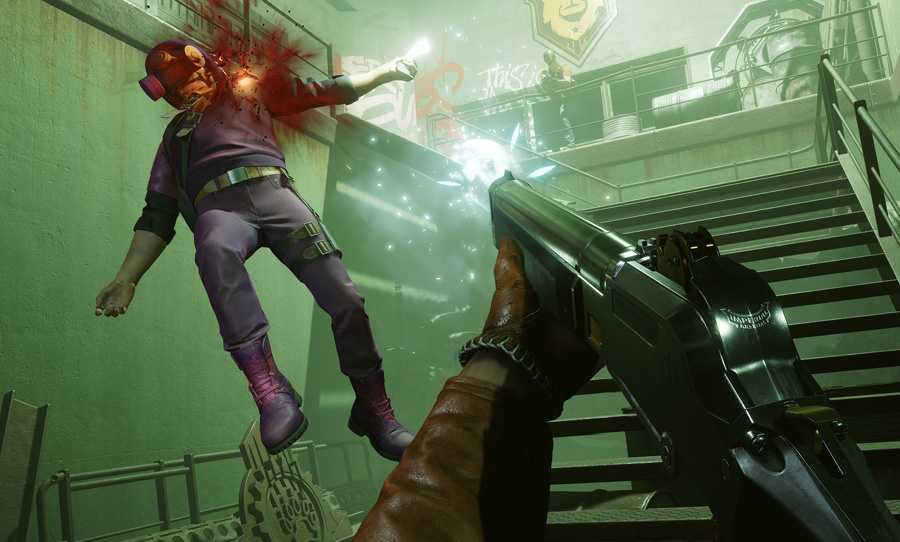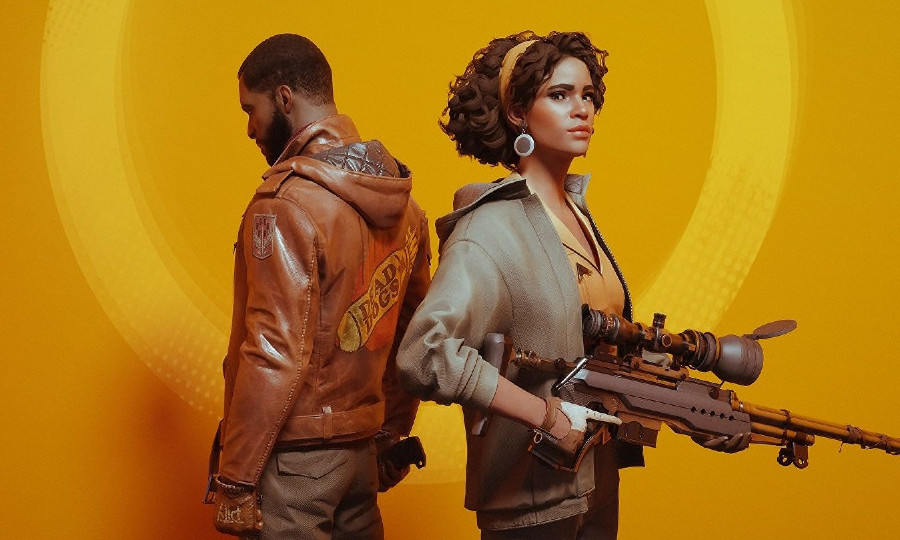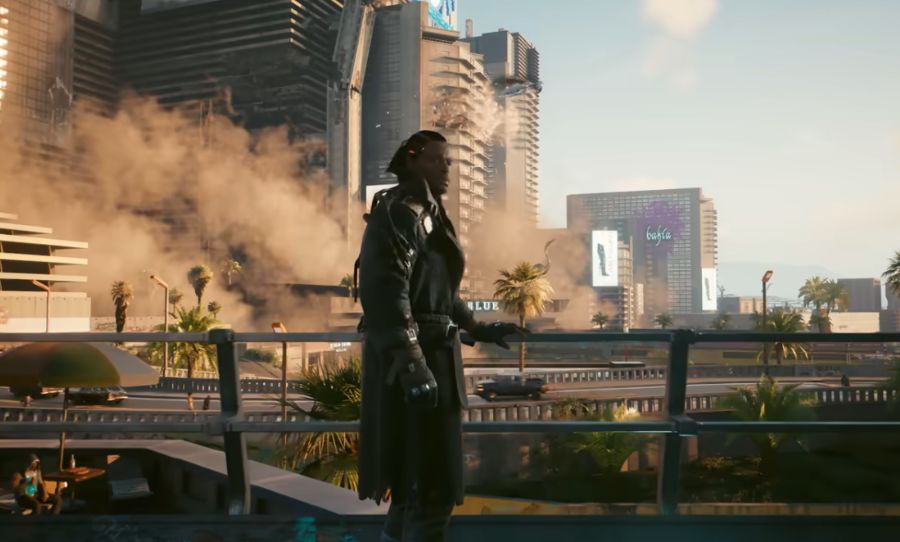Roguelikes are a genre on the rise, yet their defining characteristics are being used to justify lacklustre video game design. We explore how this trend is affecting the industry at large.
Roguelikes, and their less fundamentalist progeny the roguelite, are hitting the video game market in a big way. A quick glance through any credible ‘best of’ list for 2021 should illustrate just how influential to modern games this framework has become.
Returnal, Deathloop, Hades; these aren’t just fantastic examples of what roguelikes are, they are some of the most innovative and rewarding games in recent memory. However, as I will argue further down, these games succeed not because they are roguelikes, but because their gameplay mechanics serve the vision of their creators.

The problem that has arisen is these games’ success has been interpreted as, or reduced to, a consequence of their genre. It appears that major studios, and those that influence them, have mistaken correlation for causation; pressuring developers to shoehorn mechanics they may or may not believe in into their latest games.
It’s like when Pokémon became a worldwide phenomenon – every competing company tried to steal a slice of pie by rushing out their own collection of mini-monsters and associated products. However, as evidenced by their swift descent into obscurity, success is rarely achieved by mimicry alone.
Why roguelikes are attractive
Roguelikes are a subgenre of action game that have a number of shared characteristics. First of all, upon death the player should be returned to the beginning of the game, losing the majority, if not all, of the progress they had achieved.
The game world should be procedurally (or at least randomly) generated, meaning that each playthrough will be a largely unique experience. Finally, there should be some form of character progression so that the player character gets stronger the longer a playthrough/run goes on for. Completing a run will usually result in the player returning to the start of the game, able to start again against harder challenges.
Essentially, roguelikes lend themselves to being played over and over again. Once upon a time this would have been considered dangerous by the industry – publishers and developers alike have historically made their money selling new games.
However, in the age of live service titles, which often utilise in-game purchases, a longer lifespan has actually become ideal.
It should come as no surprise then that as more studios have adopted a longer-term approach to their games, roguelikes have become more mainstream. Once a hallmark of the indie scene, AAA studios are now trying to incorporate these design principles into their franchise titles.
…and why they aren’t
Just last week I was tasked with reviewing the Pagan Min DLC for Ubisoft’s Far Cry 6, a series not exactly known for innovation, that tried to incorporate roguelike elements into their long-established formula. Despite some fun challenges and interesting narrative ideas, the game didn’t work, and I’m convinced these roguelike principles were to blame.
A game’s mechanics and design should be informed by what the developers want to achieve. If they want to tell a non-linear story about an immortal Greek god desperately trying to escape the underworld then perhaps, as the development team behind Hades decided, a roguelike framework makes sense.
If, on the other hand, you are looking to explore the backstory of a mentally unstable dictator, who very much happens to be killable, perhaps a more straightforward approach would be beneficial. I understand that Ubisoft were trying to explore Min’s mental health by trapping him in a dreamlike loop, but repeating the same story missions again and again doesn’t deepen their meaning. It dilutes it.
Perhaps even worse, by tagging on a few roguelike mechanics, as Ubisoft did, you can market the game as having far more longevity than it actually possesses. In this case, what could have been a solid 4-5 hour experience became bloated and needlessly directionless.
But sure, in theory it has more longevity. I say in theory, because the truth is that the whole thing is a sham. Many of these roguelikes aren’t any more enjoyable to replay than a linear single player campaign. There are obvious exceptions, but replaying a game is fun because it’s fun. Not because it’s structured like a loop.
The problem of intent
Procedurally generated content can create a number of unique problems in video game development. You are essentially crafting building blocks that must be enjoyable in and of themselves, but coherent no matter what order in which they are placed. I will also note that coherent doesn’t necessarily mean optimal.
What often separates a good narrative from a great one isn’t the story itself but the way it’s told. A clever structure can elevate an otherwise unremarkable tale. Imagine if you knew that Bruce Willis’s character in The Sixth Sense was dead in the first 10 minutes of the film – it would destroy the mystery and tension that made it such a success.
What I’m getting at here is that in a roguelike, the game director largely loses their editorial power. Depending on luck and a player’s choices, their narrative (my use of narrative here isn’t specific to plot, but rather the entire player experience) will take on a different structure.

Some structures will by nature be more pleasing than others, possibly because they are more coherent or have better pacing or any number of reasons.
Part of any creator’s responsibility is to examine how structure informs and interacts with an audience’s response. How would you react to a musician who released a new album without an intended track list? I’d argue that their album isn’t complete, that they still have meaningful work to do.
Structure and sequence are just as important to video games as they are to any other art form. They are tools used to intentionally shape how an audience will experience something, and therefore react.
Roguelikes, due to the very characteristics that define them, surrender much of this responsibility to chance. They are the creative equivalent of a shrug – which rather poetically explains why they so often elicit the same response from me.



